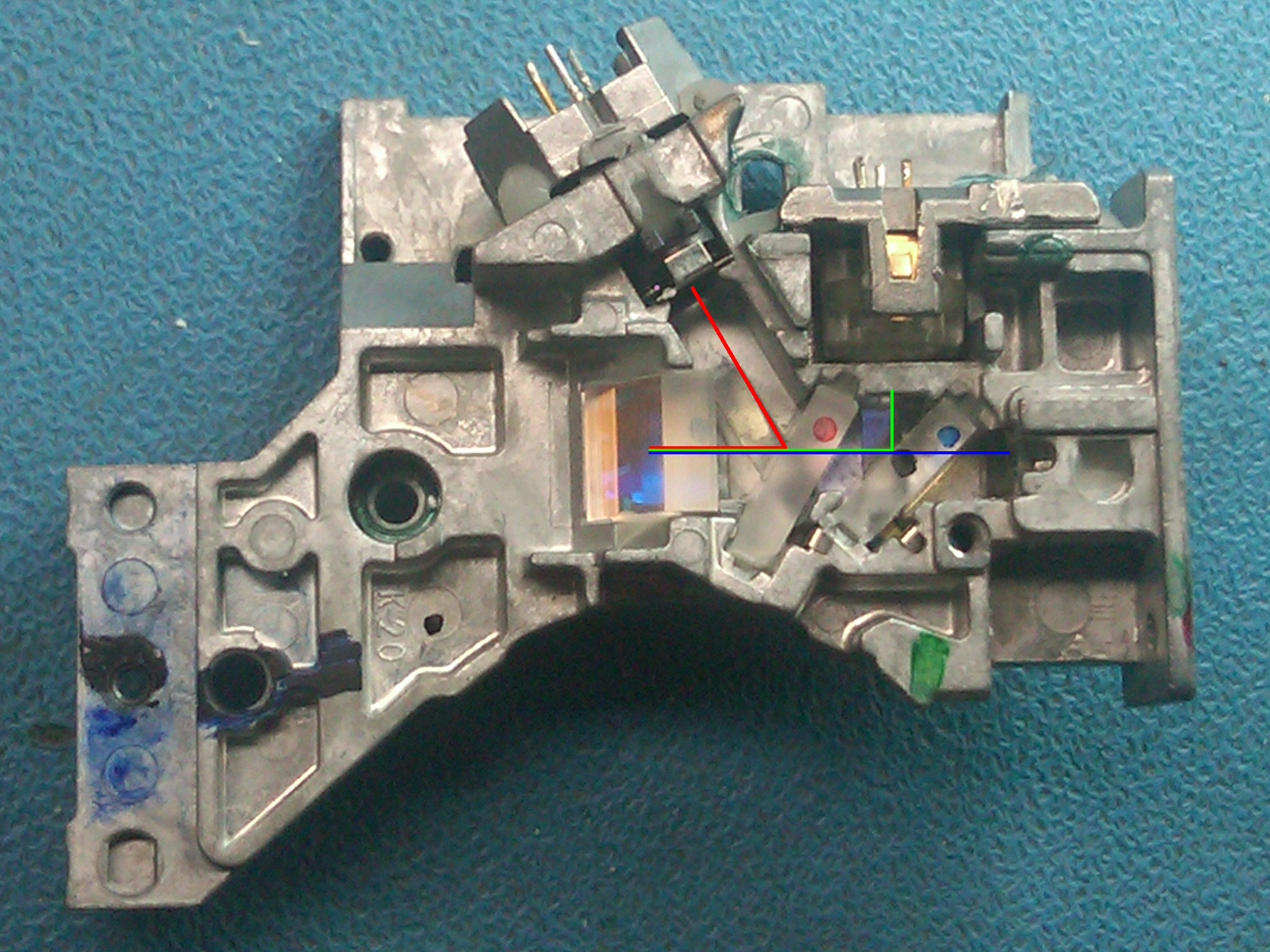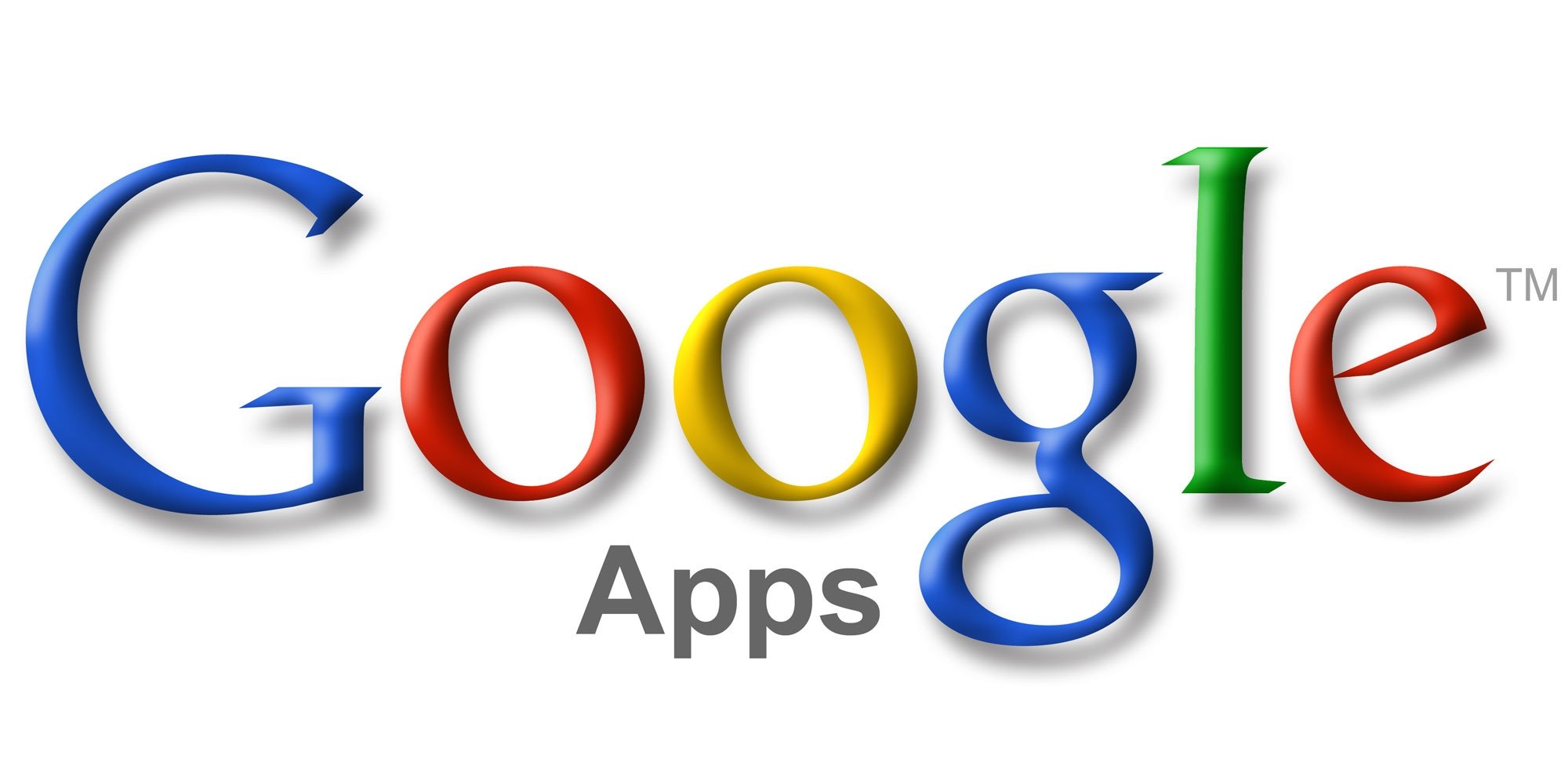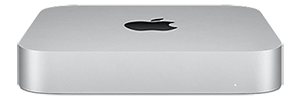|
GBook
In the mid-2000s, Everex began selling several brands of green computers. These computers are targeted at users that only need access to web applications, versus Microsoft Windows-based applications (however, the company does sell Windows Vista-installed variants). Hardware gBook The "gBook" is a webbook, a laptop with a 15.4" WXGA+ Widescreen Display (1440 x 900) and a 1.5 GHz VIA C7-M Processor. It comes loaded with gOS Linux. gPC Two major variants of the gPC exist: one based on gOS Linux; the other, an Impact brand of Windows Vista low-power machines. Both utilize a VIA C7 CPU. The gPC also ships with a softmodem that is not enabled for consumer use, but is provided "for developers." A sequel, gPC2, was available through Wal-Mart. A third, the gPC3, with a 2 GHz AMD Sempron processor, 1 GB RAM, and Ubuntu 8.04, available through Newegg. gPC mini The gPC mini, a small, light nettop computer, was announced in April 2008: it includes a DVD recorder, DVI video output, ... [...More Info...] [...Related Items...] OR: [Wikipedia] [Google] [Baidu] |
GOS (operating System)
gOS or "good OS" was an Ubuntu-based Linux distribution created by Good OS LLC, a Los Angeles-based corporation. Its CIO David Liu described that after meeting Enlightenment and open source people, he realized that his dream to bring Web 2.0 applications into mainstream use could be achieved by creating a Linux distribution that made it easy for users to access Google and Web 2.0 applications. David Liu went on to create the Chinese Twitter clone called Wozai (), leaving gOS officially defunct. History The company initially advertised gOS 1.0 as "An alternative OS with Google Apps and other Web 2.0 apps for the modern user." This first version of gOS (1.0.1_386) was based on Ubuntu 7.10 and the Enlightenment window manager E17. On January 7, 2008, a test version (2.0.0-beta1) of gOS, intended to demonstrate the Everex CloudBook at the 2008 Consumer Electronics Show, and named gOS Rocket, was released. This version was also E17-based. The definitive second version of gOS deb ... [...More Info...] [...Related Items...] OR: [Wikipedia] [Google] [Baidu] |
CloudBook
The CloudBook is a discontinued x86 subnotebook, or Ultra-Mobile PC developed by Everex using a VIA processor, chipset, and NanoBook reference design. It competed with the Asus Eee PC, the OLPC XO-1 and the Classmate PC. The device was categorized as a netbook when it was around 2008. History Sales of the gPC TC2502 Everex desktop left the company with inquiries from customers seeking similar additional Open Source, but mobile platforms. Everex decided to build two systems, a classic laptop, also running gOS v2, called the gBook, and a system based on the VIA Nanobook reference design, which is also used for Packard Bell EasyNote XS. Its release was originally planned for January 25, 2008, but Everex pushed the release back citing problems with the version of gOS it wanted to use. The delay was needed because Everex wanted to rewrite gOS v2 for the CloudBook so it would use GNOME's window manager instead of Enlightenment 17, making it even more compatible with Ubuntu. The E17' ... [...More Info...] [...Related Items...] OR: [Wikipedia] [Google] [Baidu] |
Everex
Everex ("Ever for Excellence!") is a defunct American manufacturer of desktop and notebook personal computers. It was established in 1983 and headquartered in Fremont, California. The company was founded by Steve Hui, John Lee and Wayne Cheung. In 1988, Everex was the leader in tape backup sales with half of the world market. On January 5, 1993 the company filed for bankruptcy and was purchased by Formosa Plastics Group, hence becoming part of a multinational conglomerate alongside companies like First International Computer, the world's leading motherboard manufacturer. On December 29, 2006 Everex Systems, Inc filed a voluntary petition for liquidation under Chapter 7, and in June 2008 NewMarket Technology has taken control of Everex. History In 1983, Everex shipped its first hard drive, tape backup and graphics products. Seven years later, with an ever expanding product line, annual revenues totaled over $436 million and the workforce topped 2,200 employees. In 1985, Ever ... [...More Info...] [...Related Items...] OR: [Wikipedia] [Google] [Baidu] |
DVD Recorder
A DVD recorder is an optical disc recorder that uses optical disc recording technologies to digitally record analog or digital signals onto blank writable DVD media. Such devices are available as either installable drives for computers or as standalone components for use in television studios or home theater systems. As of March 1, 2007 all new tuner-equipped television devices manufactured or imported in the United States must include an ATSC tuner. The US Federal Communications Commission (FCC) has interpreted this rule broadly, including apparatus such as computers with TV tuner cards with video capture ability, videocassette recorders and standalone DVD recorders. NTSC DVD recorders are undergoing a transformation, either adding a digital ATSC tuner or removing over-the-air broadcast television tuner capability entirely. However, these DVD recorders can still record analog audio and analog video. Standalone DVD recorders, alongside Blu-ray recorders, have been relati ... [...More Info...] [...Related Items...] OR: [Wikipedia] [Google] [Baidu] |
Google Apps
Google Workspace (formerly known as Google Apps and later G Suite) is a collection of cloud computing, productivity and collaboration tools, software and products developed and marketed by Google. It consists of Gmail, Contacts, Calendar, Meet and Chat for communication; Currents for employee engagement; Drive for storage; and the Google Docs Editors suite for content creation. An Admin Panel is provided for managing users and services. Depending on edition Google Workspace may also include the digital interactive whiteboard Jamboard and an option to purchase such add-ons as the telephony service Voice. The education edition adds a learning platform Google Classroom and today has the name Workspace for Education. While most of these services are individually available at no cost to consumers who use their free Google (Gmail) accounts, Google Workspace adds enterprise features such as custom email addresses at a domain (e.g. @yourcompany.com), an option for unlimited Drive ... [...More Info...] [...Related Items...] OR: [Wikipedia] [Google] [Baidu] |
Pentium Dual-Core
The Pentium Dual-Core brand was used for mainstream x86-architecture microprocessors from Intel from 2006 to 2009 when it was renamed to Pentium. The processors are based on either the 32-bit '' Yonah'' or (with quite different microarchitectures) 64-bit '' Merom-2M'', '' Allendale'', and '' Wolfdale-3M'' core, targeted at mobile or desktop computers. In terms of features, price, and performance at a given clock frequency, Pentium Dual-Core processors were positioned above Celeron but below Core and Core 2 processors in Intel's product range. The Pentium Dual-Core was also a very popular choice for overclocking, as it can deliver high performance (when overclocked) at a low price. Processor cores In 2006, Intel announced a plan to return the Pentium trademark from retirement to the market, as a moniker of low-cost Core microarchitecture processors based on the single-core Conroe-L but with 1 MB of cache. The identification numbers for those planned Pentiums were similar to th ... [...More Info...] [...Related Items...] OR: [Wikipedia] [Google] [Baidu] |
Ultra-Mobile PC
An ultra-mobile PC, or ultra-mobile personal computer (UMPC), is a miniature version of a pen computer, a class of laptop whose specifications were launched by Microsoft and Intel in spring 2006. Sony had already made a first attempt in this direction in 2004 with its Sony U-series, Vaio U series, which was only sold in Asia. UMPCs are generally smaller than subnotebooks, have a TFT display measuring (diagonally) about , are operated like Tablet computer, tablet PCs using a touchscreen or a stylus, and can also have a physical Computer keyboard, keyboard. There is no clear boundary between subnotebooks and ultra-mobile PCs, but UMPCs commonly have Major factors other than the common clamshell laptop design, such as having small keys on either side of the screen, or having a slide-out keyboard. The first-generation UMPCs were simple Personal computer, PCs running Linux or an adapted version of Microsoft's Tablet computer, tablet PC operating system. With the announcement of the ... [...More Info...] [...Related Items...] OR: [Wikipedia] [Google] [Baidu] |
Mac Mini
Mac Mini (stylized as Mac mini) is a small form factor (desktop and motherboard), small form factor desktop computer developed and marketed by Apple Inc. , it is positioned between the consumer all-in-one iMac (Intel-based), iMac and the professional Mac Studio and Mac Pro as one of four current Mac (computer), Mac desktop computers. Since launch, it has shipped without a computer monitor, display, computer keyboard, keyboard, and computer mouse, mouse. The machine was initially branded as "BYODKM" (Bring Your Own Display, Keyboard, and Mouse) as a strategic pitch to encourage users to switch from Personal Computer, PCs running operating systems such as Microsoft Windows and Linux. In January 2005, the original Mac Mini was introduced with the PowerPC G4 central processing unit, CPU. In February 2006, Apple announced the second-generation lineup. It featured more advanced components and internal software updates, and it switched the CPU to the Intel Intel Core, Core Solo. The th ... [...More Info...] [...Related Items...] OR: [Wikipedia] [Google] [Baidu] |
Digital Visual Interface
Digital Visual Interface (DVI) is a video display interface developed by the Digital Display Working Group (DDWG). The digital interface is used to connect a video source, such as a video display controller, to a display device, such as a computer monitor. It was developed with the intention of creating an industry standard for the transfer of digital video content. This interface is designed to transmit uncompressed digital video and can be configured to support multiple modes such as DVI-A (analog only), DVI-D (digital only) or DVI-I (digital and analog). Featuring support for analog connections, the DVI specification is compatible with the VGA interface. This compatibility, along with other advantages, led to its widespread acceptance over competing digital display standards Plug and Display (P&D) and Digital Flat Panel (DFP). Although DVI is predominantly associated with computers, it is sometimes used in other consumer electronics such as television sets and DVD play ... [...More Info...] [...Related Items...] OR: [Wikipedia] [Google] [Baidu] |
Nettop
A nettop (or miniature PC, Mini PC or Smart Micro PC) is a small-sized, inexpensive, low-power, legacy-free desktop computer designed for basic tasks such as web browsing, accessing web-based applications, document processing, and audio/video playback. The word ''nettop'' is a portmanteau of ''network'' and ''desktop''. It is the desktop counterpart of the netbook. Modern ( 2020) mini PCs or small form factor PCs can be much more powerful, being equipped with high-end laptop components or mid-range desktop components. Compared with ordinary desktop computers, nettops are not only smaller and less expensive, but they also consume much less power. For example, CompuLab's fit-PC2 consumes no more than 8 watts of power whereas a typical desktop would easily consume more than 100 watts of power; consequently, nettops require significantly less cooling and may even be completely fanless. Some do not have an optical disk drive and use a solid state drive, making them completely sil ... [...More Info...] [...Related Items...] OR: [Wikipedia] [Google] [Baidu] |
Green Computing
Green computing, green IT, or ICT sustainability, is the study and practice of environmentally sustainable computing or IT. The goals of green computing are similar to green chemistry: reduce the use of hazardous materials, maximize energy efficiency during the product's lifetime, the recyclability or biodegradability of defunct products and factory waste. Green computing is important for all classes of systems, ranging from handheld systems to large-scale data centers. Many corporate IT departments have green computing initiatives to reduce the environmental effect of their IT operations. Yet it is also clear that the environmental footprint of the sector is significant, estimated at 5-9% of the world's total electricity use and more than 2% of all emissions. Data centres and telecommunications will need to become more energy efficient, reuse waste energy, and use more renewable energy sources. They can and should become climate neutral by 2030. Origins In 1992, the U.S. Enviro ... [...More Info...] [...Related Items...] OR: [Wikipedia] [Google] [Baidu] |







